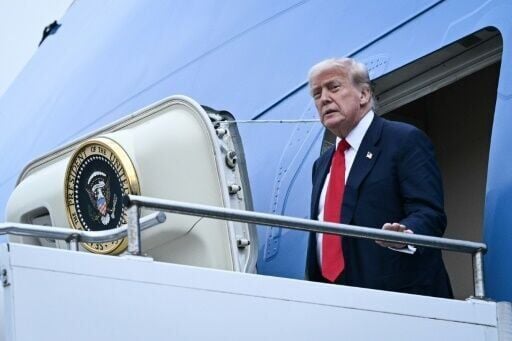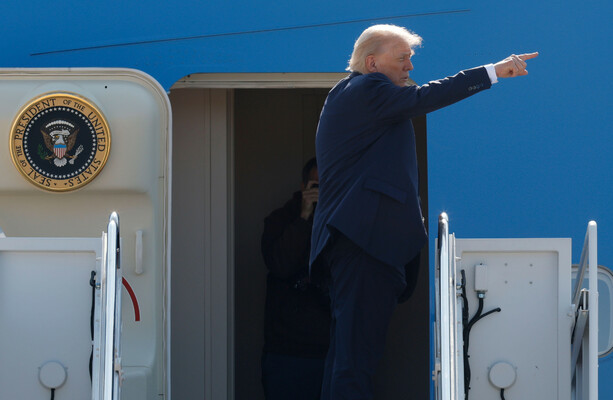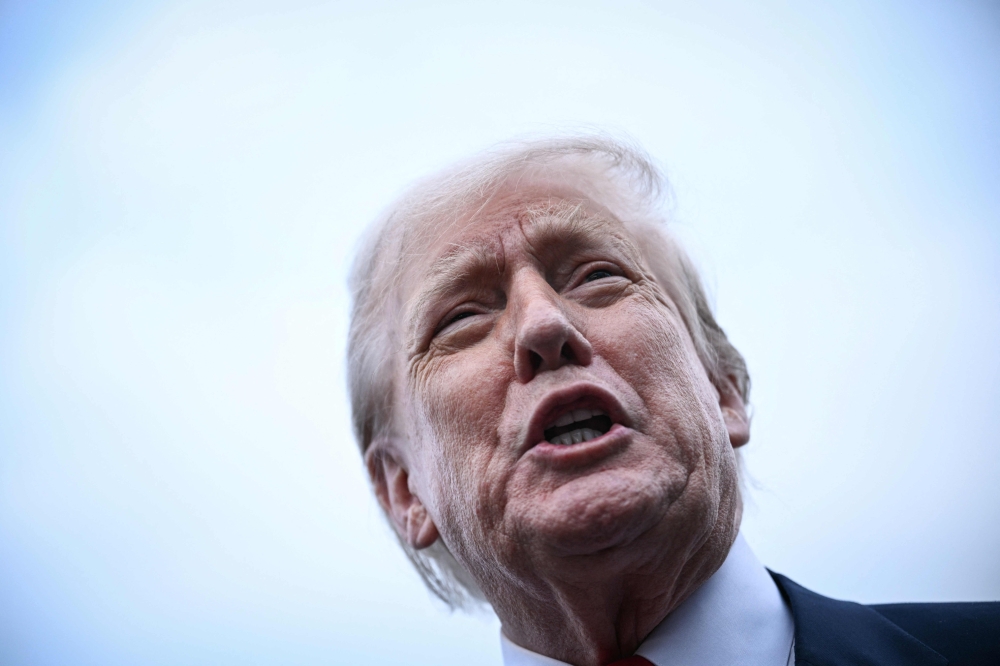Von der Leyen and Trump Meet in Scotland Amid Trade War Fears

European Commission President Ursula von der Leyen met with US President Donald Trump in Scotland on Sunday, July 27, 2025, in a critical effort to prevent a transatlantic trade war. The meeting comes as an August 1st deadline looms for the US to impose new tariffs on EU imports, a move that could trigger significant economic disruption.
Trump's "50/50" Chance of a Deal as Deadline Approaches

President Trump has publicly stated a "50/50 chance, maybe less than that" of reaching a trade deal with the EU. His administration has threatened to impose 30% tariffs on EU imports starting August 1, 2025, if no agreement is reached. The stakes are high, with both sides preparing for potential economic fallout.
Details of the Proposed Trade Framework

Reports indicate that negotiators are working towards a framework deal that would establish a 15% baseline tariff on most EU goods entering the US. This arrangement would mirror a recent agreement between the US and Japan. Limited exemptions may be granted for sectors like aviation, medical devices, certain spirits, and specific manufacturing equipment.
EU Prepares Retaliatory Measures Worth €93 Billion

In anticipation of potential US tariffs, the EU has approved a package of counter-tariffs worth €93 billion (approximately $109.4 billion) on US goods. These retaliatory tariffs would take effect on August 7 if Trump implements his planned tariffs. The consolidated list of targeted goods includes Boeing aircraft, US-made cars, and bourbon whiskey.
EU Considers Anti-Coercion Instrument

Beyond counter-tariffs, the EU is also considering employing its Anti-Coercion Instrument. This powerful trade tool could restrict American access to the European market, including limiting US companies from bidding on public procurement projects. The instrument is designed to deter and counter economic coercion from third countries.
Trump's Scotland Visit: Golf, Politics, and Trade Talks

Trump's four-day visit to Scotland includes meetings with British Prime Minister Keir Starmer and visits to his golf courses, alongside the crucial meeting with von der Leyen regarding trade relations.
Key Dates in the US-EU Trade Dispute

Several key dates mark the progression of this trade dispute:
- July 10, 2025: The US announces potential new tariffs on EU imports, effective August 1, with proposed rates rising to +30%.
- July 24, 2025: EU member countries approve potential counter-tariffs on €93 billion ($109 billion) of US goods.
- July 25, 2025: Trump arrives in Scotland. Both Trump and von der Leyen confirm their upcoming meeting, with Trump assessing a "50/50 chance" of a deal.
- July 26, 2025: Trump is observed golfing in Scotland.
- July 27, 2025 (Sunday): Von der Leyen meets with Trump in Scotland.
- August 1, 2025: Deadline for the imposition of 30% US tariffs on EU imports if no trade deal is reached.
- August 7, 2025: Date when the EU's retaliatory counter-tariffs would come into effect if US tariffs are imposed.
The Context: "America First" vs. Multilateralism

This meeting is set against a backdrop of escalating trade tensions fueled by the Trump administration's "America First" trade policy. The US aims to reduce its significant trade deficit with the EU, which amounted to $161 billion in goods and services in 2024. Previous actions include tariffs on steel and aluminum imports and threats of higher tariffs on automobiles.
Key Stakeholders in the US-EU Trade Dispute

The key stakeholders involved in this trade dispute include:
- Donald Trump (US President): Leading the US's protectionist trade agenda and leveraging tariff threats to achieve more favorable trade deals.
- Ursula von der Leyen (European Commission President): Spearheading the EU's negotiations, striving to avert a damaging trade war while safeguarding European interests.
- European Union Member States: Exhibiting diverse interests, with some favoring compromise and others leaning towards strong retaliation.
- US and EU Businesses and Consumers: Facing potential increases in costs, reduced choices, and economic slowdowns should a trade war ensue.
- Global Economy: At risk of significant negative repercussions due to a trade war between the two largest trading blocs.
Statements and Figures Highlight the Tension

Key figures and statements underscore the current state of affairs:
- Trump's statement (July 25, 2025): "I would say that we have a 50/50 chance, maybe less than that, but a 50/50 chance of making a deal with the EU." (Source: Al Jazeera, RNZ News, Times of India, TVP World)
- Von der Leyen's statement (July 25, 2025, via social media): Agreed to meet Trump "to discuss transatlantic trade relations, and how we can keep them strong." (Source: Al Jazeera, Mitrade, CNA)
- EU retaliatory package: Valued at €93 billion (approximately $109.4 billion) of US imports. (Source: Mitrade, Politico.eu)
- Proposed 15% baseline tariff: As cited by EU diplomats and officials in various reports. (Source: RNZ News, Livemint, Mitrade, CNA)
- US-EU trade deficit (2024): US$161 billion in goods and services. (Source: IISS)
Controversy, Public Reaction, and Potential Consequences

The primary controversy lies in the US's unilateral approach to trade through tariff threats, which the EU considers coercive. The "America First" policy contrasts sharply with the EU's multilateral trade framework. Trump's visit to Scotland has been met with protests from groups such as the "Stop Trump Coalition." These groups criticize his impact on democracy, climate efforts, and humanitarian principles. The Scottish newspaper The National ran a headline stating: "Convicted US felon to arrive in Scotland."
Potential consequences of a trade war include:
- Economic Impact: Negative effects on both US and EU GDP, increased inflation in the US, and potential deflation in Europe.
- Supply Chain Disruptions: Higher tariffs disrupting existing global supply chains.
- Loss of Investor Confidence: Rising uncertainty deterring investment and tightening financing conditions.
- Weakening of Transatlantic Ties: Strained political and security cooperation between the US and EU.
- Global Implications: Severe ripple effects across the global economy.